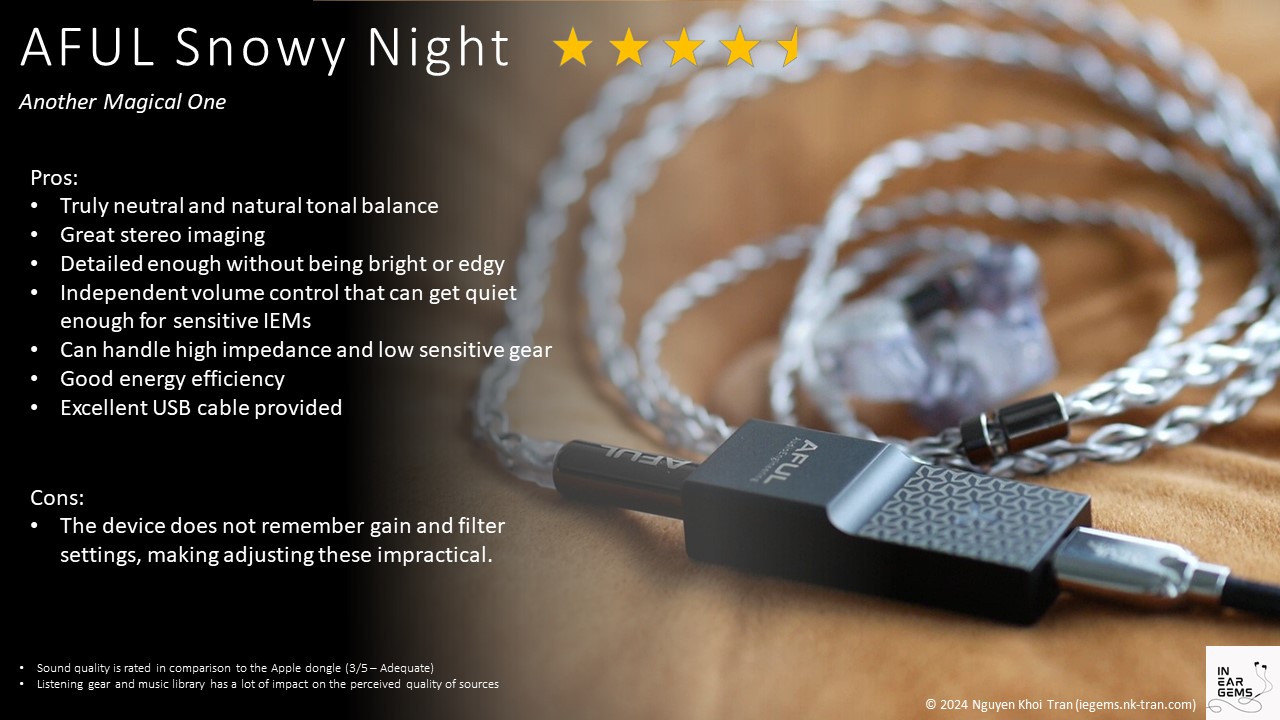AFUL Snowy Night - Another Magical One
Opinions. All of us in this hobby have them. Some are more popular, some are not.
My unpopular opinion is this one: USB DACs (a.k.a., “dongles”) are the least fun gadgets in the audio hobby. They are unwieldy when using on the go. They consumes a lot of battery from the source device. They can get quite hot. They tend to be too loud for IEMs. And most of the time, their sound quality is closer to the humble Apple’s USB-C to 3.5mm adapter (“Apple dongle”) than a proper digital audio player. As a result, they are quite difficult to review. Thus dongles have all but disappeared from my reviews.
Yet, here I am, sharing with you a review of a dongle. What happened? AFUL happened. In fact, my first reaction was to reject when receiving a gracious invitation to check out the first electronic device in AFUL’s line upn. But then, I asked myself: “didn’t you have the same doubt about Magic One? How did it turn out?”
That’s how my time with AFUL Snowy Night began. Was that a good time? Read on, my friends, to find out.
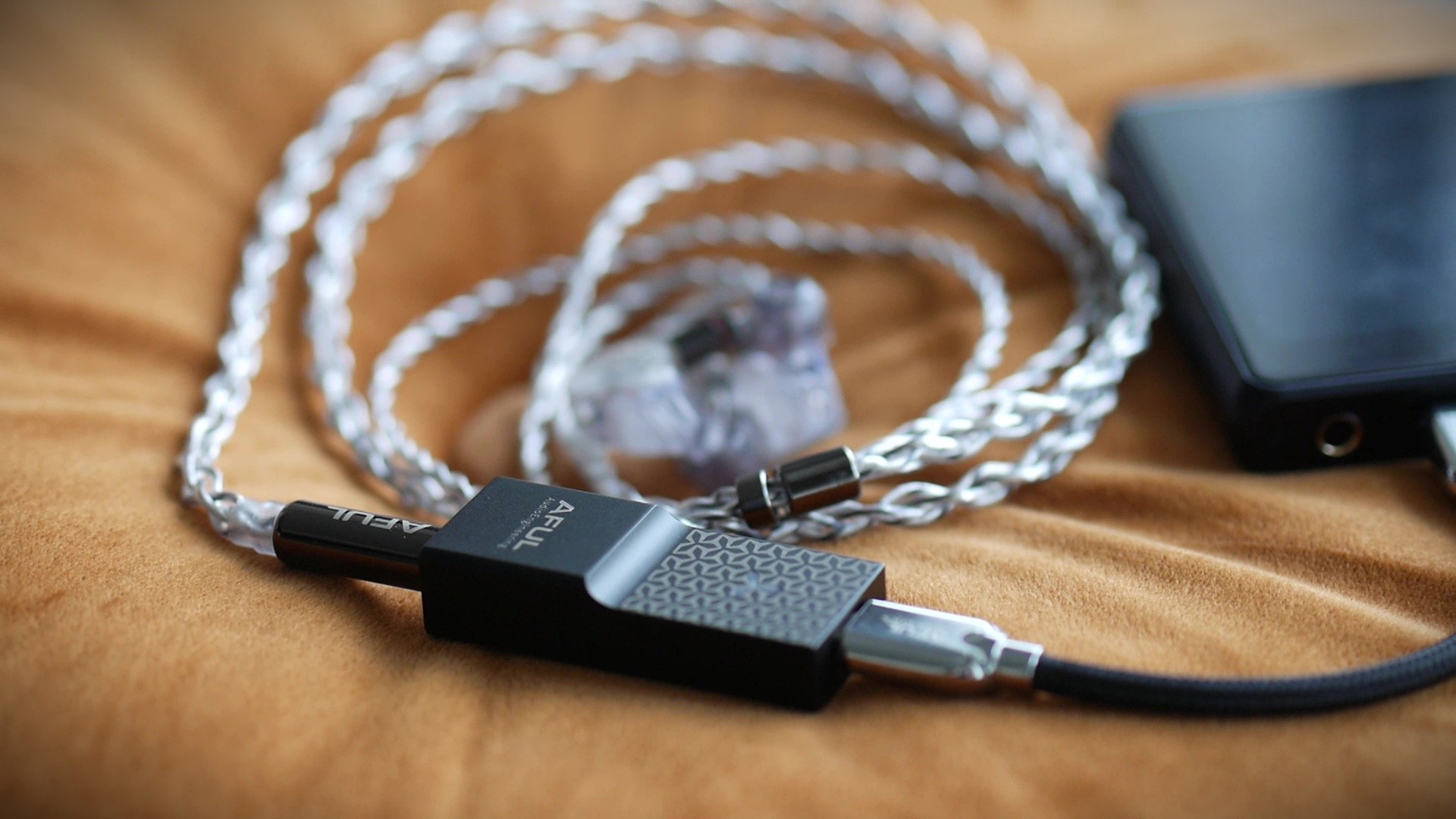
Preambles:
- In this review, I use the term “source” to denote a DAC+amp combo for brevity and convenience. It’s not a technically correct term.
- When I say a source “sounds” a certain way, I talk about the change it makes to my IEMs and earphones.
- What I look for in my listening experience is immersion. I want to feel the orchestra around me, track individual instruments, and hear all of their textures and details. Sources that intensify those characteristics of my IEMs are considered “better”.
- The unit used for this review was a sample provided by Hifigo (Thank you!). The unit is retailed for $109 and can be found on Hifigo official store: unaffliated link
Specs:
- Decoding chip: 2x CS43198
- Highest sampling rate: 32-Bit/786kHz PCM, DSD256, DoP256.
- Terminals: 3.5mm+4.4mm
- Output Frequency Range: 20Hz-20kHz.
- SNR: 125dB(3.5mm), 130dB(4.4mm)
- Noise Floor: 1uV(3.5mm), 1.5uV(4.4mm).
- DNR: 125dB(3.5mm), 130dB(4.4mm).
- Operating Voltage Range: 4.2V~5.3V.
- Output Level: 1Vrms(3.5mm, Low-Gain), 2Vrms(3.5mm, High-Gain), 2Vrms(4.4mm, Low-Gain), 4Vrms(4.4mm, High-Gain).
- THD+N: ≤0.00037%.
- Output Power: 140mW-300mW.
Non-sound Aspects
AFUL Snowy Night came in a sturdy cardboard box, wrapped extremely tightly by an outer paper sleeve. The sleeve was so tight that I needed to find a piece of thick and dense rubber to hammer the box out. This was one of the reason why you wouldn’t find an unboxing video of Snowy Night from me.
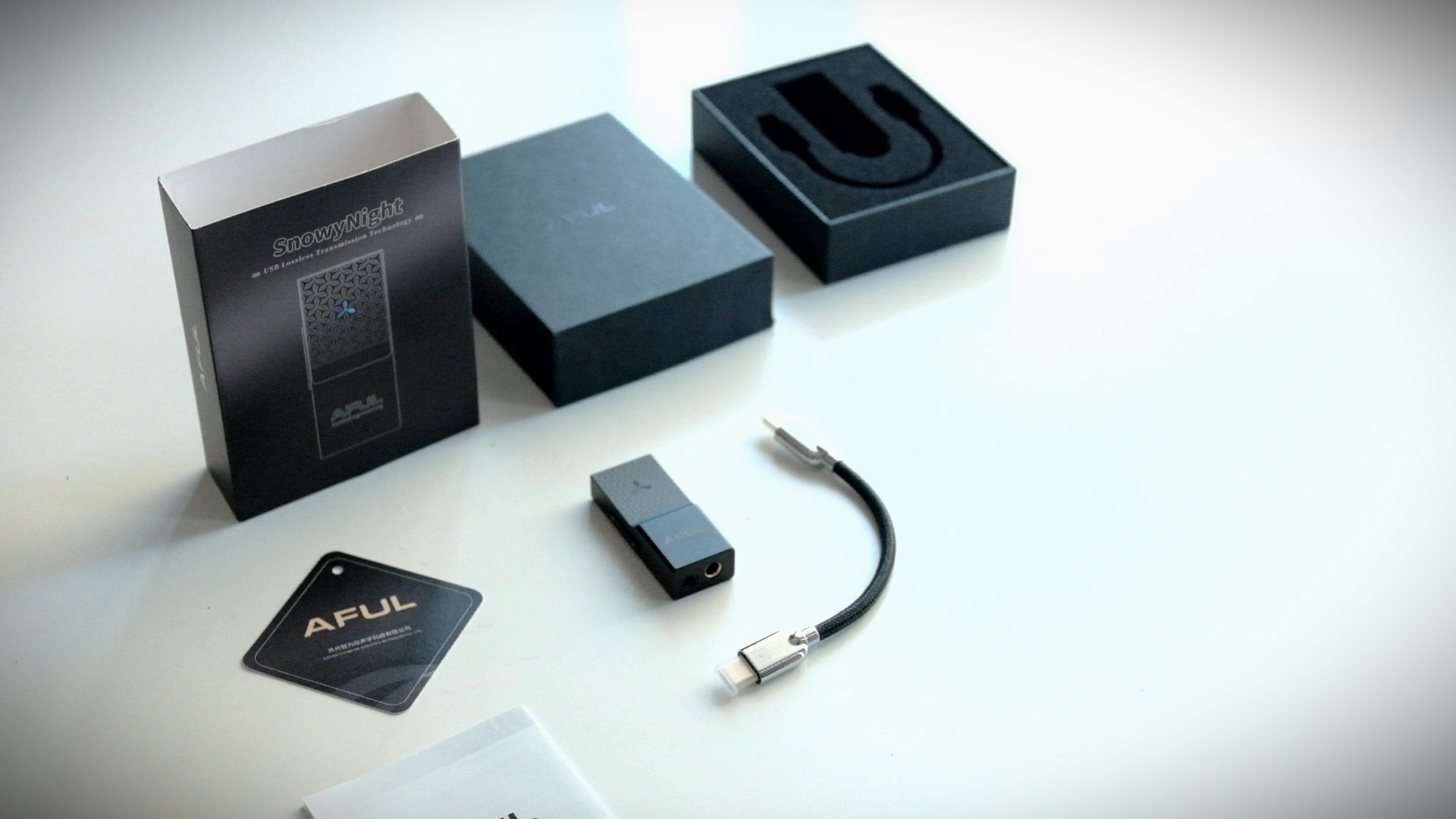
Inside the box, you would only find the dongle itself, some paper work, and a USB-C to USB-C cable. And boy oh boy, what a cable that AFUL provided.
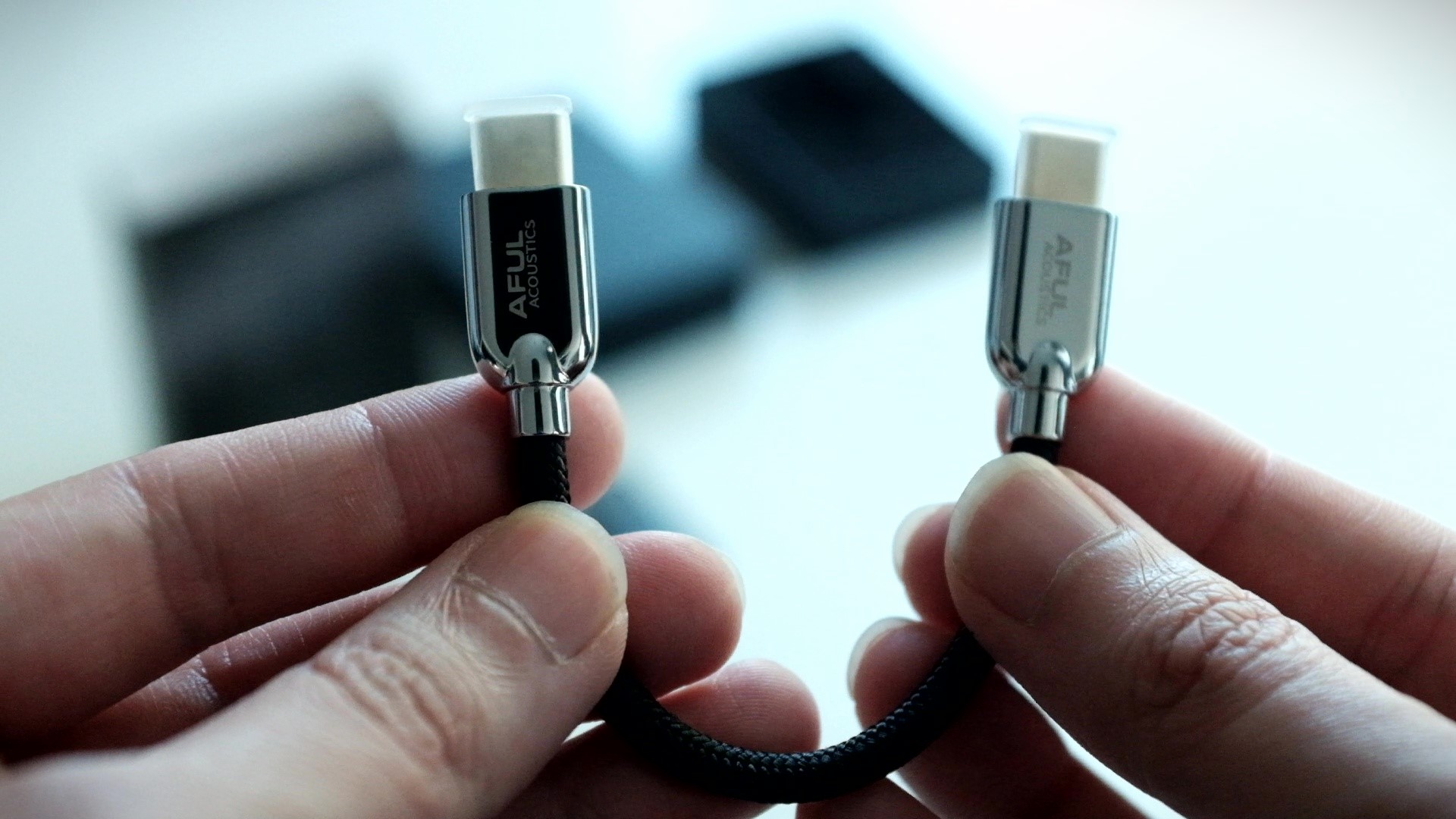
The USB connectors are made of metal and have a beautiful chrome finish. The wire is thick and sturdy with excellent paracord sleeve. Despite the thickness, the cable is very supple, lays flat and does not hold memory. According to AFUL, the cable also has positive contribution to the data transmission, “like changing from a standard USB to Coaxial in desktop chain.” I think that I can hear a difference when swapping between my trusty ddHifi cable and the fancy cable from AFUL, but it’s baffling to me digital cable can make a difference. Therefore, I would have no conclusion on this topic, except that AFUL’s USB cable is an extremely pleasant to handle and I would buy more if AFUL sell these separately.
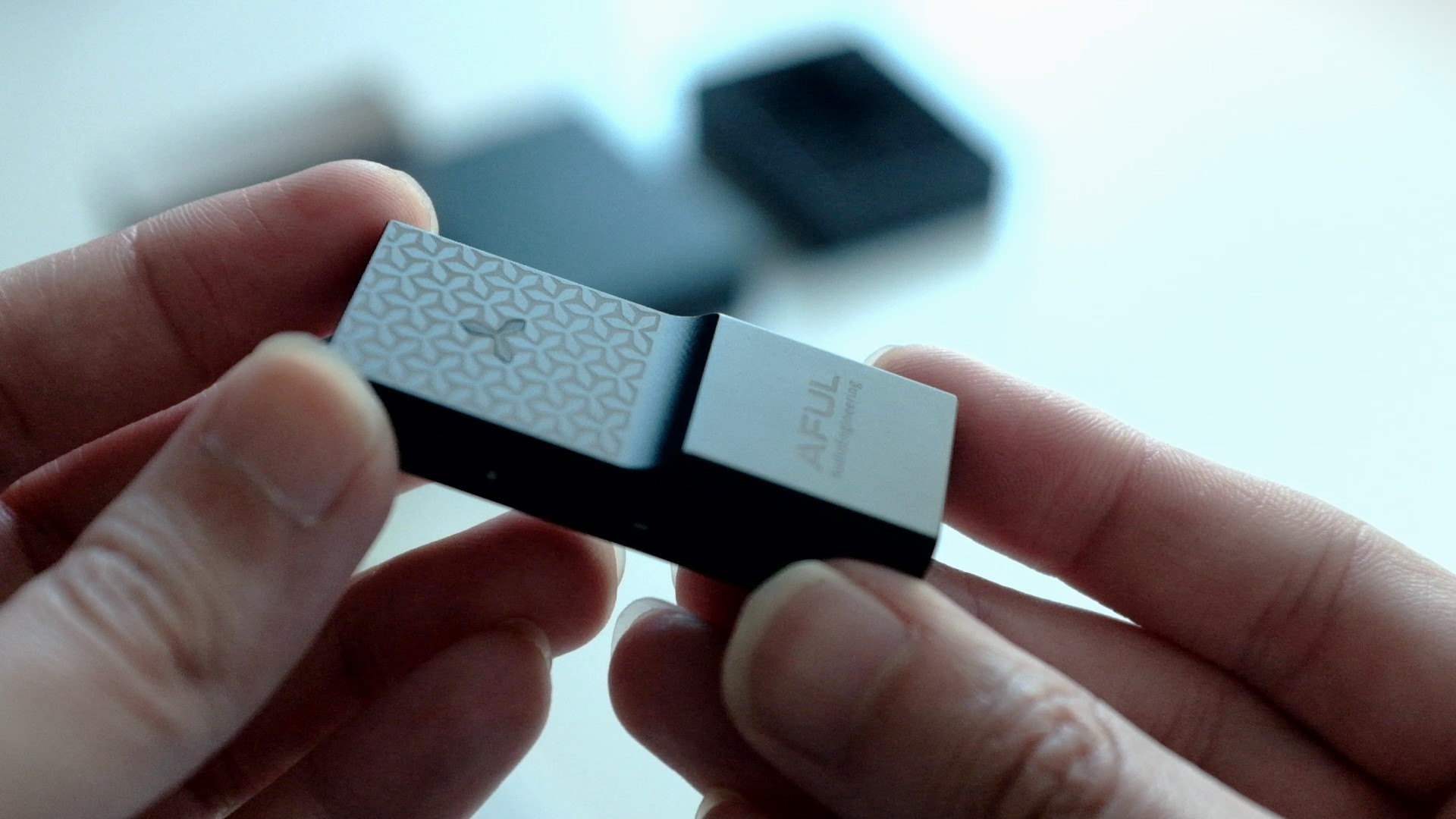
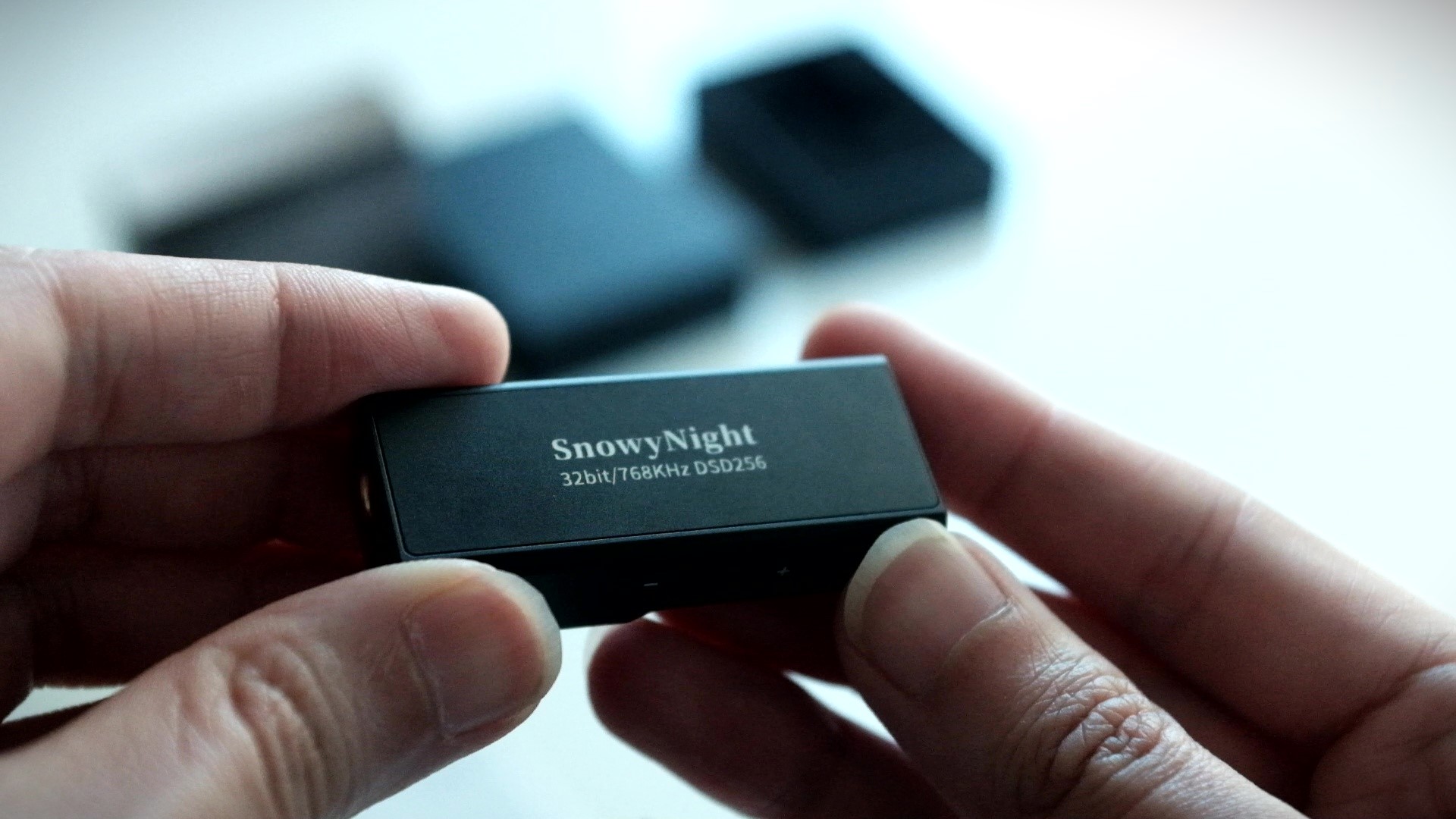
Moving on the dongle itself. First and foremost, I need to emphasise that it is a chunk metal, not plastic. Because of the elaborated design elements on the shells, I always assumed that this dongle is an injection moulded plastic gadget. No, it’s metal. Thick and heavy metal that feels studier than a few dual-ESS-chip dongles I have in my collection. The Snowy Night feels as sturdy and heavy as the Questyle M15. From memory, L&P W4 is still the king of dongle build quality. However, Snowy Night has a cool snowflake-shaped indicator light, which is interesting.
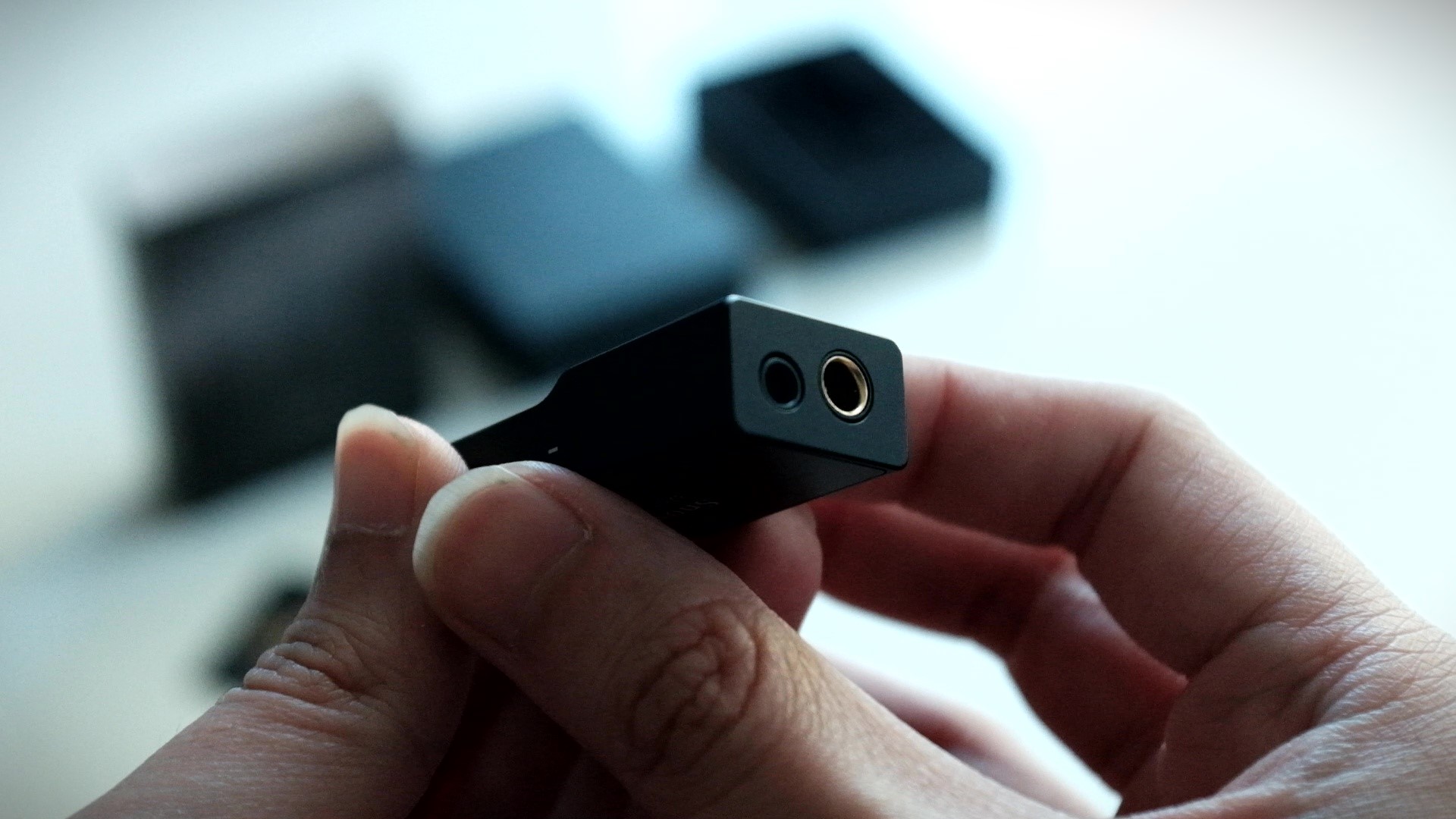
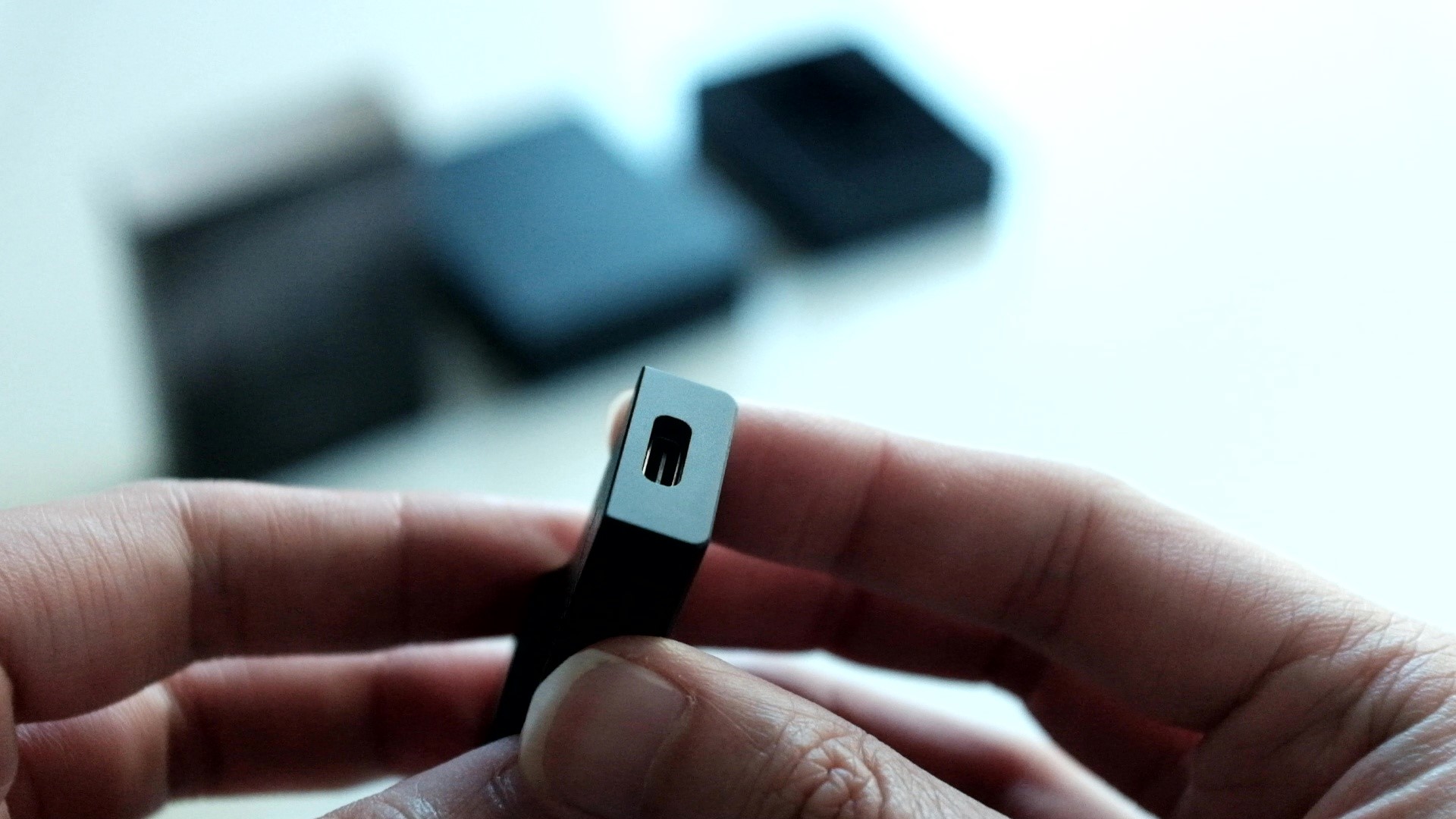
Regarding inputs and outputs, Snowy Night does not surprise. At the top of the device, you can find one USB-C input for both data and power. At the bottom the device, you can find a 4.4mm and a 3.5mm sockets. for balanced and single ended output. As far as I know, there is no line-out support.

On the side of the device, you can find my favourite feature of Snowy Night: independent volume adjustment buttons. It means you can (should/must) max out the digital volume on your phone or music player, and then use the volume adjustment on the dongle itself to change volume. From a practical perspective, this arrangement gives you more fine-grained control over volume. In the case of Snowy Night, the volume also goes much lower to support sensitive IEMs like Campfire Audio Andromeda 2020. Because Snowy Night does not have a screen like FiiO KA17 to show the current volume, I tend to hold the volume down button until the indicator light blinks, showing that the volume has reached zero, before starting the music.
The volume buttons are also used to control gain and low pass filter settings. Pressing both button once will switch between low and high gain, with high gain being the default mode. Holding both button for a second would switch between five types of low pass filters. Unfortunately, Snowy Night does not have built-in memory to remember the settings when you unplug the dongle, so I don’t find these settings practical. Fortunately, I don’t find the need to use them either.
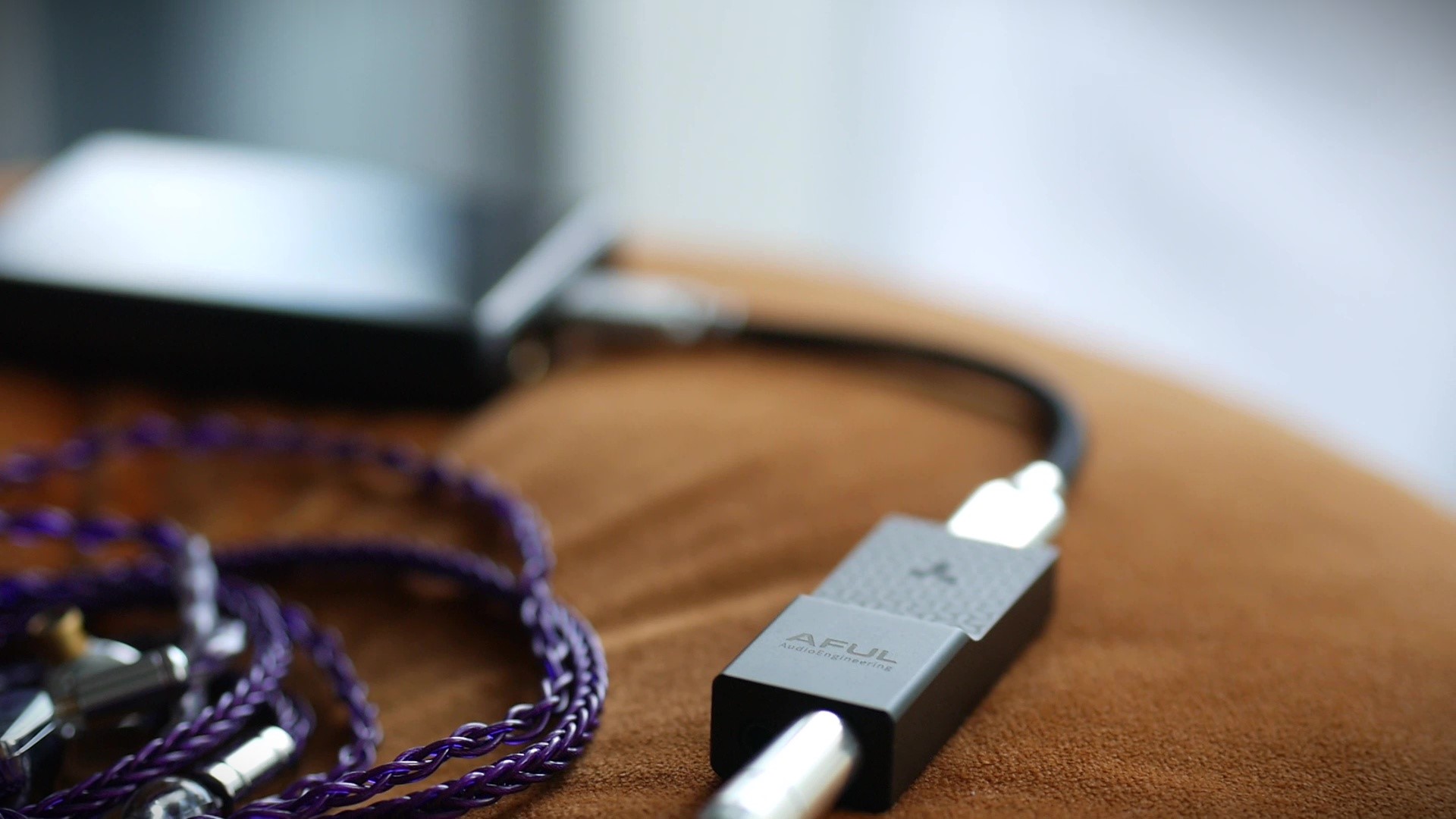
Regarding battery drain, I’m happy to find that Snowy Night is quite gentle comparing to some scary ones like one of my old favourites, the Hidizs S9 Pro. In fact, I was able to pair Snowy Night with Hiby R3II to drive the tough-as-nail Symphonium Crimson without losing the multi-day battery life of the R3II. In comparison, when I pair R3II with FiiO KA17 in desktop mode (firing all cylinders), I can see the battery % of R3II dropping in real time. Whilst these results are highly subjective and unscientific, for me, I don’t have battery anxiety when using Snowy Night, especially if I pair it with easy to drive IEMs like Hiby Yvain. I didn’t find any heat problem during my time testing the Snowy Night.
Subjective Impressions
Disclaimers: To me, the “sound” of DAC/amp is very difficult to recognize because these devices form the “frame of reference” of our entire listening experience. It’s relatively easy to compare two things (e.g., two IEMs) within the same frame of reference, but how do we know whether our frame of reference is “crooked” (e.g., bright, flat, edgy). When we hear sibilance or 2D soundstage, do we usually blame the IEM or the DAC/amp? Therefore, all the descriptions in this section were synthesised from the differences that I hear when swapping between multiple DAC/amp using many different IEM types and musical genres. You must excuse me for being less specific than my usual IEM reviews due to sheer amount of subjective data gathered.
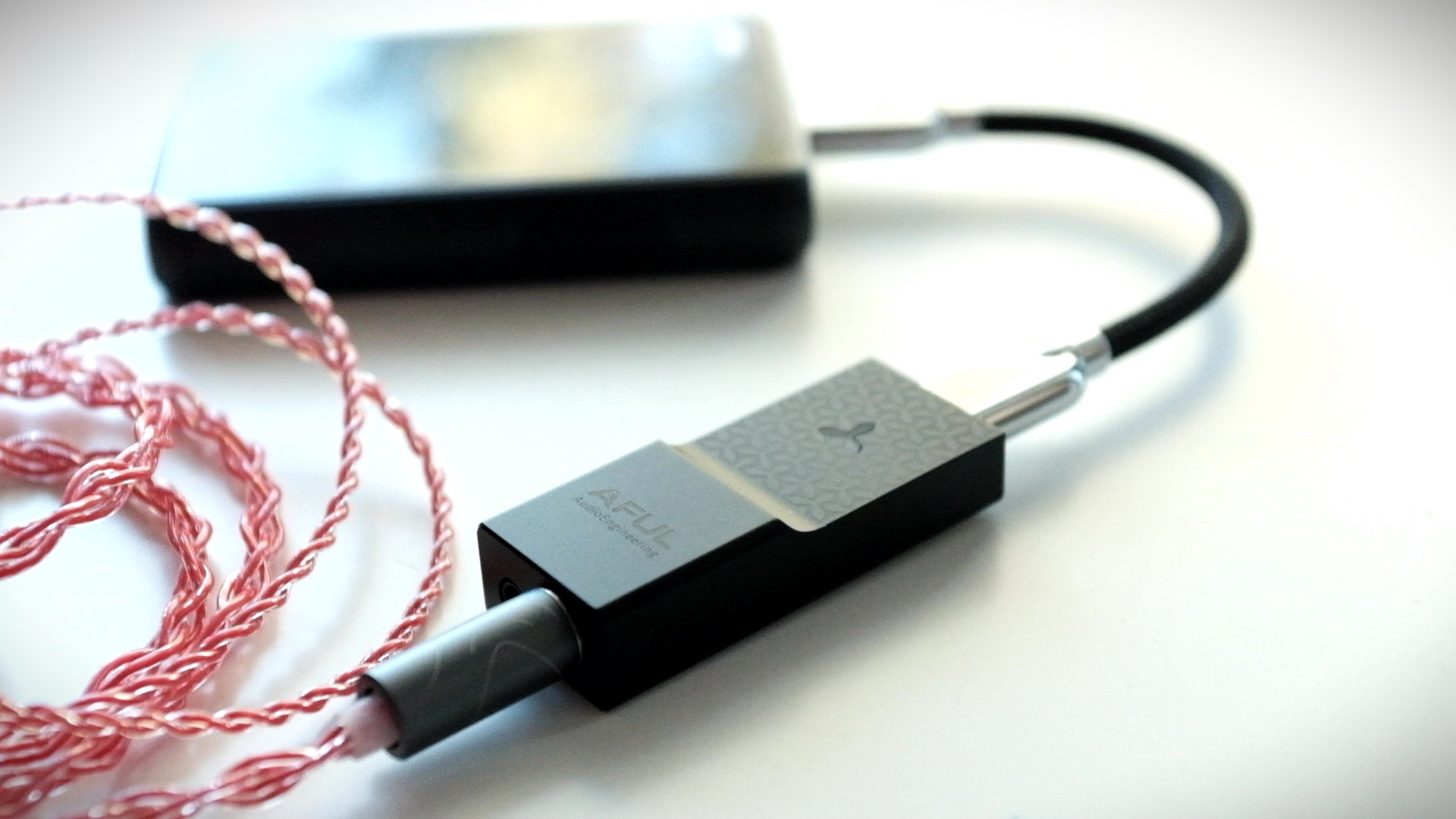
I would describe the sound signature of Snowy Night as the DAC/amp equivalent of its IEM sibling: the AFUL Magic One. It features a neutral tonality with just a hint of warmth. It favours precision over the amount of bass. It has a precise separation and strong detail retrieval without “forcing” or being edgy. And, just like the Magic One, it has excellent instrument positioning and is fully capable of conveying a 3D sonic image, should the recording provides and the IEM is capable.
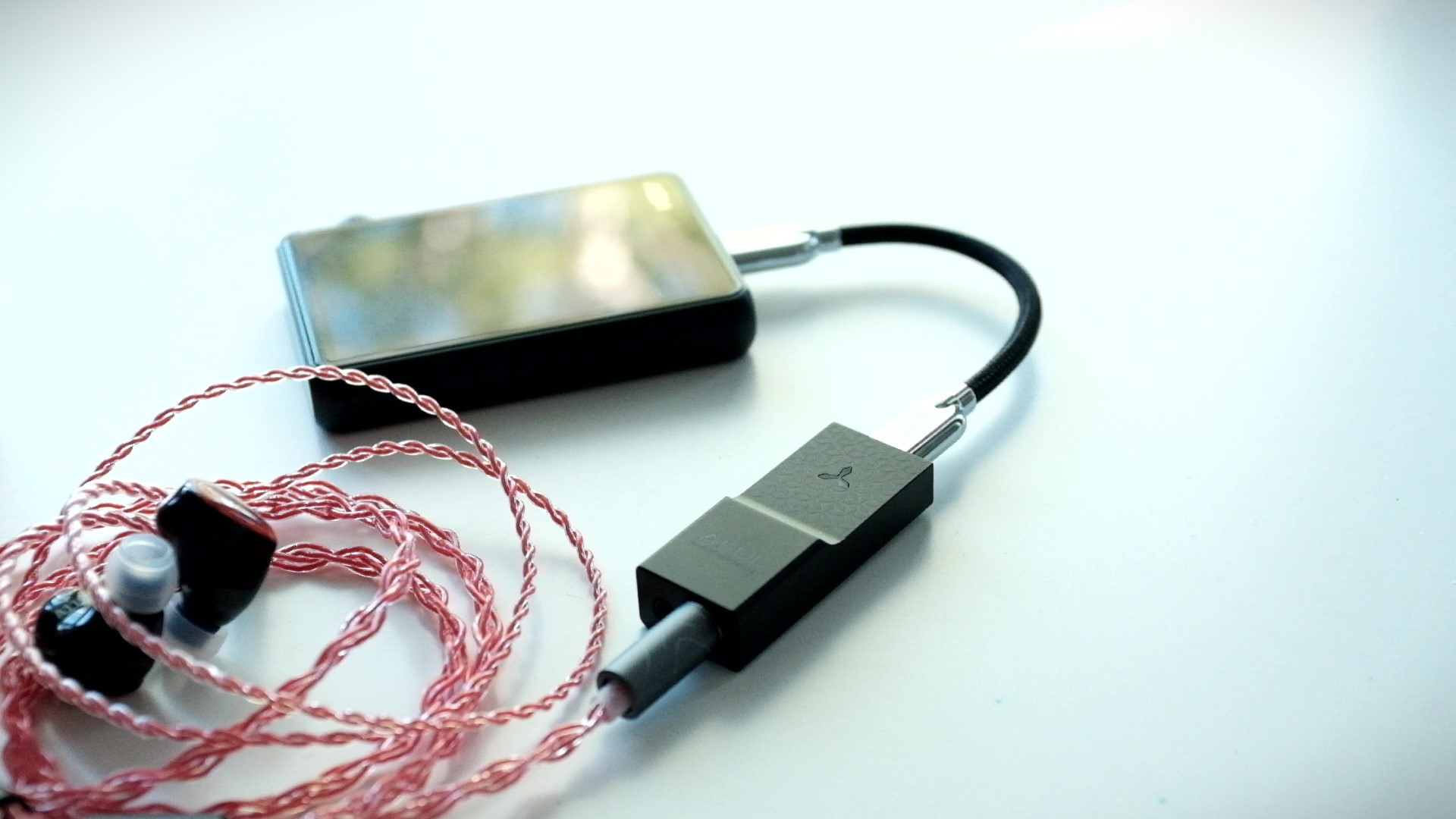
Let’s unpack the description above. What do I mean by “neutral with a hint of warmth”? In direct comparison against most dual ESS DAC I have in my collection, I found that Snowy Night is not edgy in the higher frequencies. For example, when I use the same IEM with a sibilant prone track, such as Pentatonix - Can’t help falling in love, at subjectively the same loudness, I found that both ESS dongles that I have for this test produce noticeable sibilance whilst the Snowy Night presents a smoother higher frequencies, without dimming the treble. In this sense, I suspect that subtle “warmth” that I hear with Snowy Night stems from its lack of edginess rather than a lower frequency boost or some healthy addition or second order harmonic distortion.
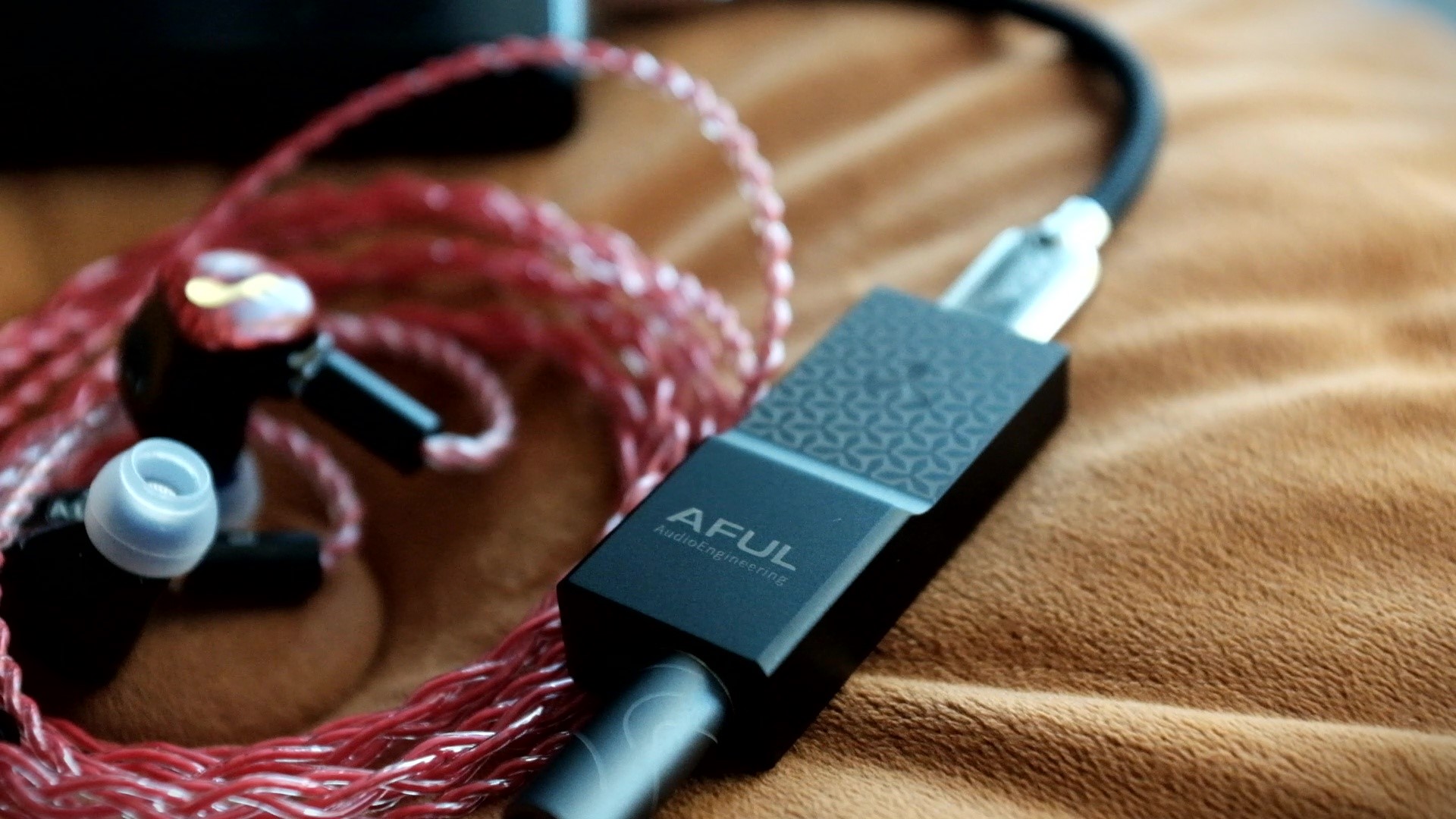
What do I mean by “ favours precision over the amount of bass”? It means Snowy Night does not intensify the lower midrange (adding warmth) or adding midbass punch like my DX300 with stock Amp 11 Mk1 or my old Shanling M6 Ultra. In fact, when I listen to bass cannon IEMs from FatFreq (Scarlet Mini and Maestro Mini), the amount of bass I hear from Snowy Night is noticeably less than from my DX300. As a result, the bass of these IEMs feels tighter, the stage feels more open, and the overall presentation feels less “oppressive”. Interestingly, I found that Snowy Night controls the big bass shelfs of these IEMs better than my trusty R3II digital audio player, evidenced by the clean attack and textured decay of the bass notes. At least as clean as it can get for these ultra bassy IEMs.
How about “precise separation and strong detail retrieval”? As I mentioned, Snowy Night is not glary and edgy like some dongle DAC with dual ESS chips. However, I found that when I listen to the same detail-rich classical recordings using the same IEM, I can hear more nuances and ambience details with the Snowy Night. Perhaps it is the lack of that glary edgy higher frequencies that make it easier to appreciate the details.
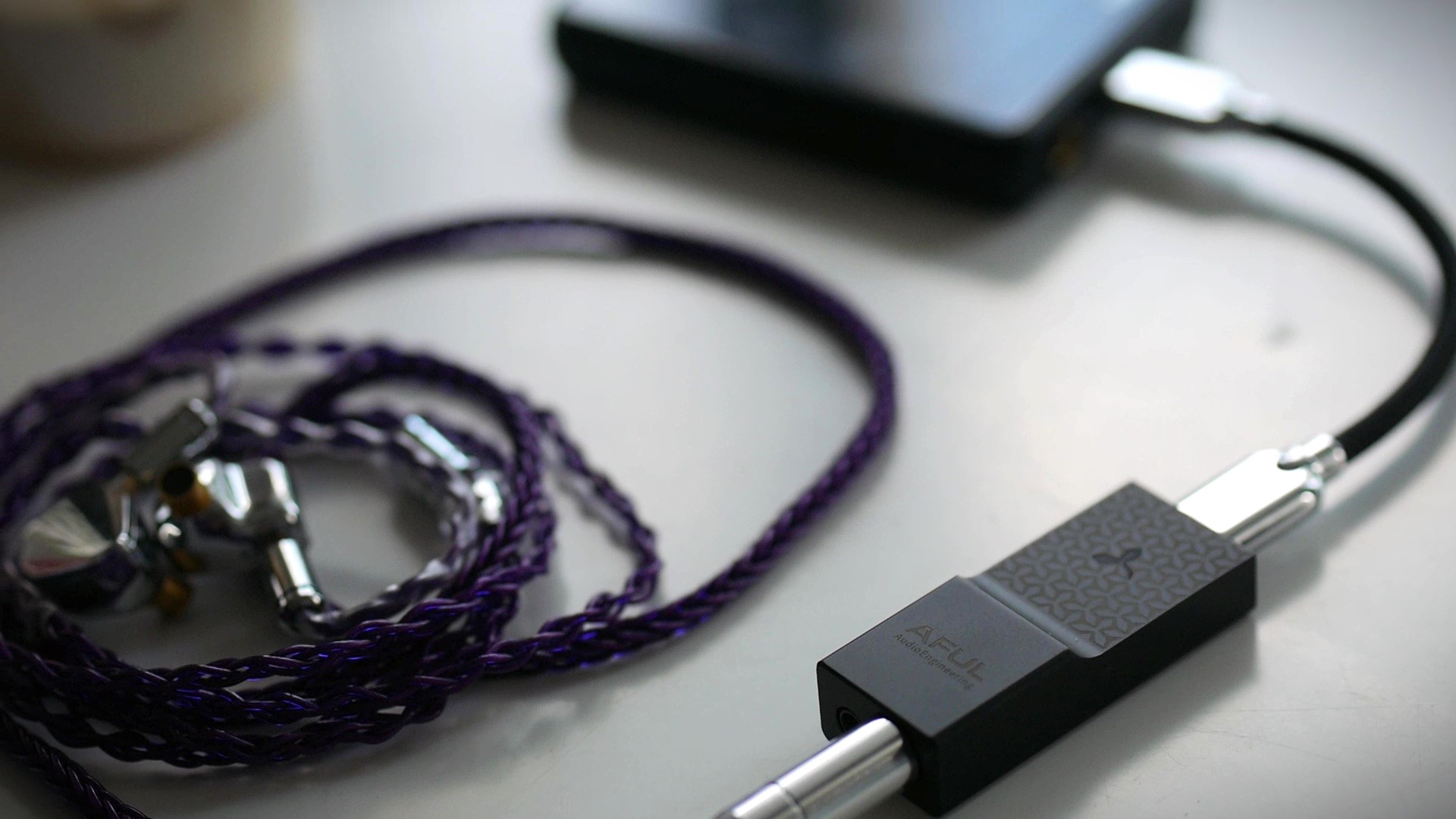
Finally, let’s talk about the stereo imaging, my favourite thing in personal audio and the shiniest part of Snowy Night performance. In fact, the first thing I noticed when listening to Snowy Night was how good it conveys the sense of depth and layering that is embedded in a mix. It means that besides the left-to-right placement of sonic elements in a mix, which almost every decent IEM and DAC/amp can do, Snowy Night is also able to coax the front-to-back and low-to-high placement out of my IEMs, just like how my favourite sources such as R3II, DX300, and my desktop K7 can do. The end result is a more 3D illusion that makes everything, from music to a travel documentation on YouTube more engaging.
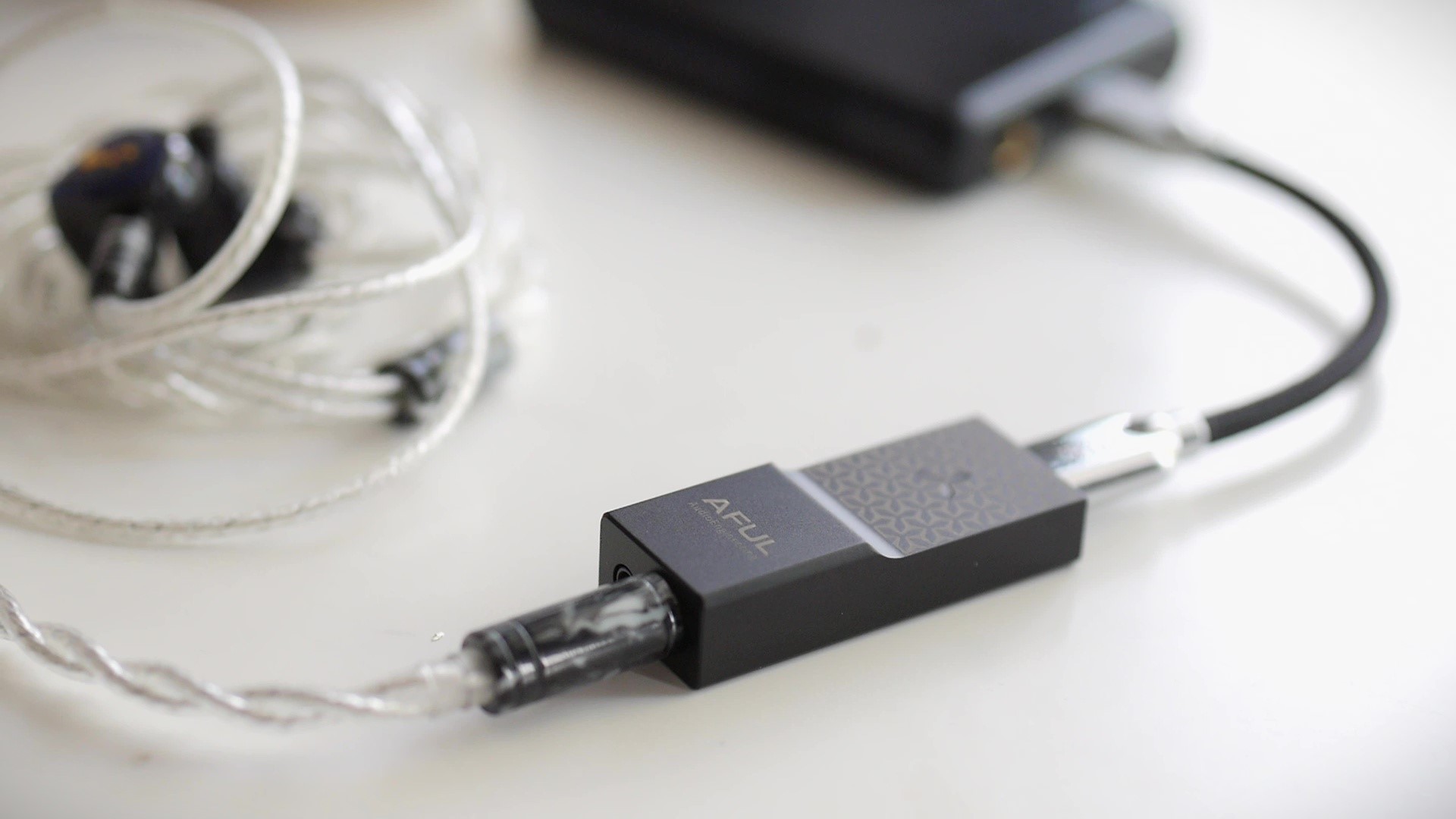
Let’s take a closer look at AFUL Snowy Night performance with some tricky types of loads:
- Campfire Audio Andromeda 2020 (8.74 ohm, 122.47dB/mW) represents an extremely sensitive and notoriously picky IEM. Coming from the DX300, I hear a brighter and more open midrange when pairing Andromeda with the Snowy Night. At the same time, I don’t hear any anomaly across the frequency response of the Andromeda. The bass is controlled and decent overall, indicating that the Snowy Night does not face any challenge when the impedance of the Andromeda dips to around 4ohm in the bass. The famous stereo imaging capability of Andromeda is well preserved. Thanks to the independent volume control, I have enough volume adjustment range. Finally, as the spec sheet indicate, the Snowy Night is dead quiet with the Andromeda.
- Symphonium Meteor (9.7 ohm@1kHz, 90.9dB/mW@1kHz) represents a hard-to-drive IEM. Even if a source can get these IEMs loud (by providing enough voltage), the overall presentation could be soft, blunted, and congested if the source has problem keeping up with the current demand. I’m happy to find that Snowy Night does not have any problem with Meteor. It keeps the bass well controlled, ensuring that the bass transients are properly produced and bass textures presented. It also preserves the upper treble extension of the Meteor well to ensure accurate instrument placement and micro details. Interestingly, I found the differences between Snowy Night and other dongles in my current collection, particularly in depth and layering, show the most clearly with the Meteor. A great pairing that breaths a new life to an old IEM.
- TGXear Serratus earbuds (300ohm, unknown sensitivity) represents another class of hard-to-drive gear, the high impedance ones. Similar “scaling” can be observed with these earbuds. Another great pairing. My pair of Serratus has a troublesome peak somewhere around 6-8kHz, which prevents me from enjoying these excellent earbuds. Snowy Night does a great job taming this peak just enough to keep it from being annoying. Even when I listen to the harshest track in my library, Ed Sheeran - Shivers, I find the shrill and harshness to be tolerable (though still not exactly enjoyable). There is no surprise in terms of staging, imaging, resolution, and bass impact. The Serratus sounds just like what I expect, coming from my desktop DAC/amp K7.
Comparisons and Rating
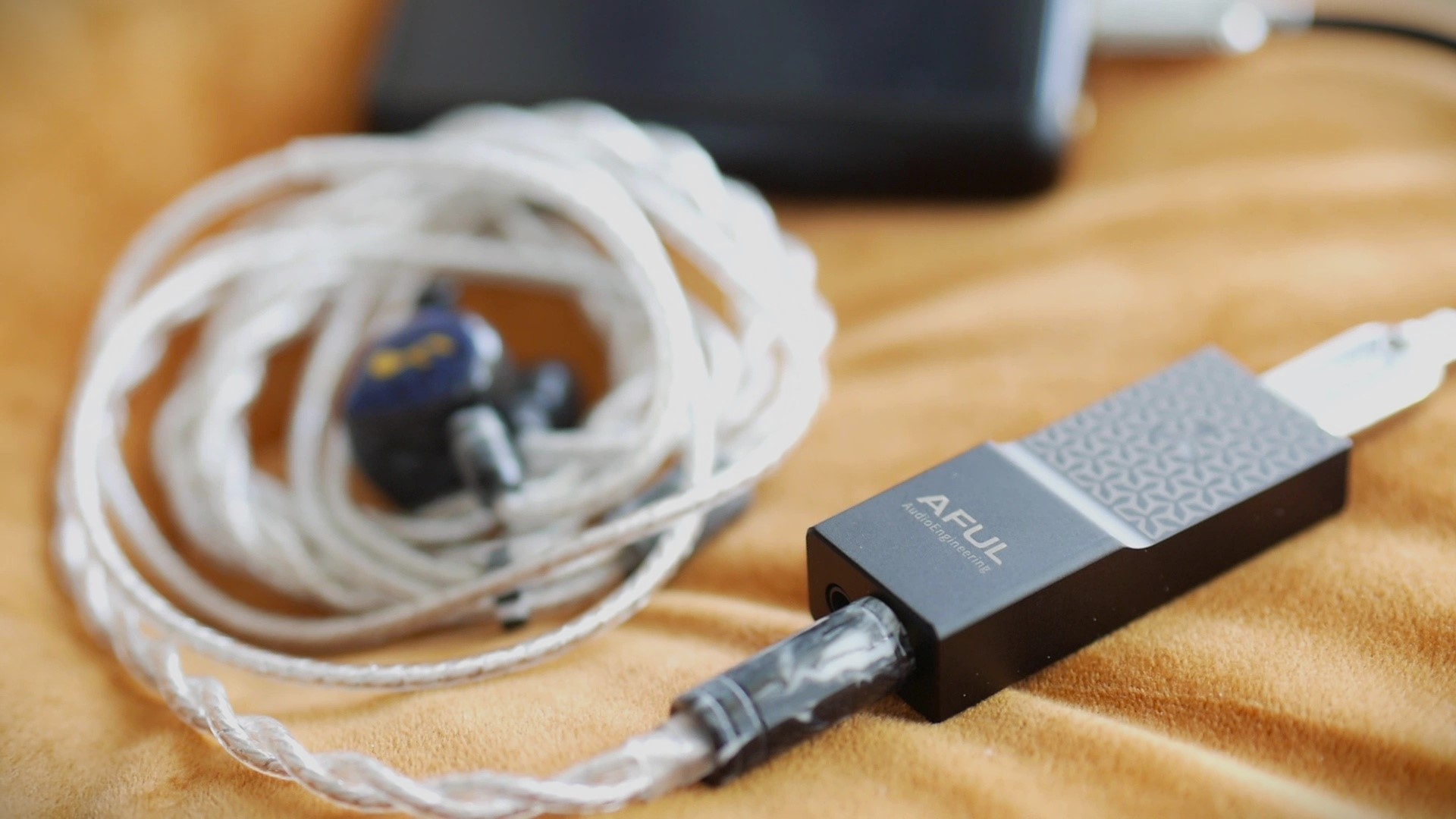
Thanks to good folks at Addicted to Audio store in Adelaide, I was able to borrow the KA17 and Questyle M15 for a couple hours for careful AB tests. The results were rather surprising. Let’s unpack:
- KA17: This dongle has two mode of operation. The normal mode engages 2 out of 4 THX amps whilst the desktop mode activates all four and consumes a lot of power. In the normal mode, KA17 presents a noticeably flatter, more “2D” presentation not unlike how I remember the KA3. The glary, edgy upper frequency presentation is also here. Switching to the desktop mode brings about a 3D presentation similarly to Snowy Night, though the glary presentation is still there. Credit where credit dues, I find the overall presentation more “refined” than the KA3 and BTR5 though, from memory, BTR7 is more enjoyable. The user experience is also quite excellent comparing to Snowy Night, thanks to extra buttons and a screen.
- M15: I have been waiting for so long to try this dongle. Appearance wise, I was not disappointed: it is even more beautiful in real life than in photos. Sonic wise, it didn’t disappoint either. Whilst the width is slightly narrower than Snowy Night when paired with Symphonium Crimson, M15 catches up in depth, layering, details, dynamic, and the smoothness of upper frequencies. My only concern is that M15 is very loud. Even on low gain, it needed only 8/100 digital volume level on my R3II to make the Crimson loud from 4.4mm connector. It makes me doubt whether a sensitive IEM like Andromeda or even a normal IEM like U12T can be driven conveniently with M15.
Conclusion
Yes, yes. I have to admit: this article about Snowy Night was more gushing than criticizing. Trust me, I tried. Similarly to its sibling, the AFUL Magic One, I came into the review with cynicism and walked away in awe. This dongle handles everything I throw at it, from ultra sensitive IEM to power hogs without breaking a sweat, whilst ensuring that the sweet sweet soundstage depth and layering are always there. The details that I want are there whilst the edginess that I don’t want is absent. And Snowy Night does all of this without burning through the battery of my phone or heating up in my pocket.
My conclusion: I bestow upon Snowy Night the highest honour that I can as an audio geek: giving it a new lighting-to-USB cable and a slot in my everyday carry audio box. Seal of approval and recommendation without reservation.
Absolute Sonic Quality Rating: 4.5/5 - Great
Bias Score: 5/5 - I love this.
What I like about this device:
- Truly neutral and natural tonal balance
- Great stereo imaging
- Detailed enough without being bright or edgy
- Independent volume control that can get quiet enough for sensitive IEMs
- Can handle high impedance and low sensitive gear
- Good energy efficiency
- Excellent USB cable provided
What could be improved:
- The device does not remember gain and filter settings, making adjusting these impractical.
